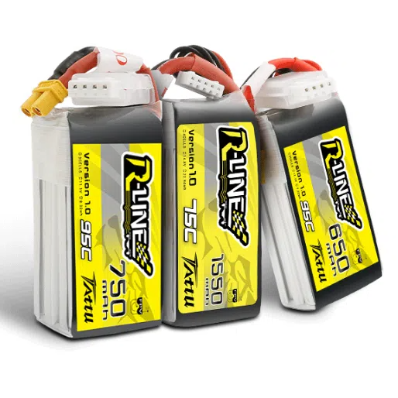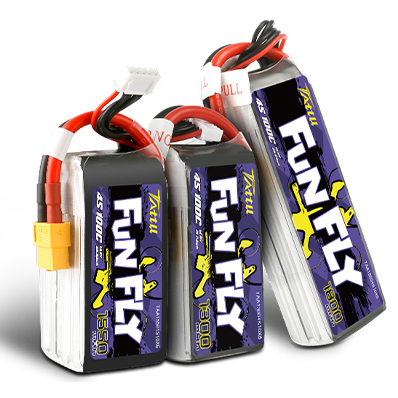How to Choose Battery for A Cinewhoop?
When it comes to capturing breathtaking cinematic footage with a drone, few tools are as effective and versatile as a Cinewhoop. These small, agile drones are specifically designed to deliver smooth and immersive video, making them a favorite among filmmakers and FPV (First Person View) enthusiasts. However, one of the most critical aspects of maximizing the performance of your Cinewhoop is selecting the right battery. The battery not only affects the drone's flight time but also its agility, power, and overall flight experience. In this article, we will explore everything you need to know about choosing the perfect battery for your Cinewhoop, including an introduction to what a Cinewhoop is, its advantages and disadvantages, how it compares to other types of drones, and a comprehensive guide to cinewhoop battery selection. Let's dive in!
What is a Cinewhoop?
A Cinewhoop is a small, agile FPV (First Person View) drone specifically designed for capturing smooth and cinematic footage. Named as a blend of "cine" for cinema and "whoop" from tiny whoop drones, these drones are equipped with ducts around their propellers, which enhance safety and stability, making them ideal for indoor and close-proximity flying. They are popular among filmmakers and drone enthusiasts for their ability to navigate tight spaces and create unique, immersive shots.
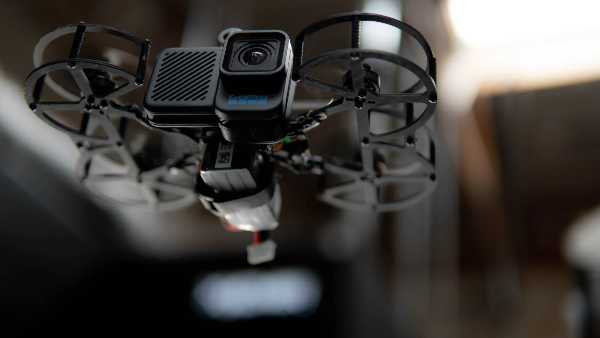
Advantages and Disadvantages of a Cinewhoop
Advantages:
●Stability: The ducted design provides additional stability, allowing for smoother footage.
●Safety: The protective ducts around the propellers reduce the risk of damage and injury, making them safer to fly in close proximity to people and objects.
●Compact Size: Their small form factor makes them highly maneuverable and capable of fitting through tight spaces that larger drones cannot navigate.
●Cinematic Footage: They are optimized for carrying lightweight cameras, such as GoPros, to capture high-quality video.
Disadvantages:
●Limited Flight Time: Due to their small size, they often have shorter flight times compared to larger drones.
●Payload Restrictions: They can only carry small cameras, limiting the type of equipment that can be used.
●Wind Sensitivity: Their lightweight design makes them more susceptible to being affected by wind, which can impact flight stability outdoors.
Cinewhoop Size Explanation
Cinewhoops typically come in different sizes, primarily based on the diameter of their propellers. The most common sizes are 3-inch and 2.5-inch. The 2-inch to 3.5-inch size provides a good balance between maneuverability for navigating tight spaces and enough power to carry a stabilized camera for capturing high-quality footage.
●3-inch Cinewhoops: These are slightly larger and can carry heavier cameras, such as a full-size GoPro, offering better flight performance and longer flight times.
●2.5-inch Cinewhoops: These are smaller and more agile, ideal for tighter spaces and indoor flying but with more limited camera options and shorter flight times.
Cinewhoop vs Freestyle:What's the difference?
Cinewhoop and freestyle FPV drones are both popular categories within the drone community, but they serve different purposes and have distinct characteristics. Here’s a breakdown of the key differences between them:
Cinewhoop Drones
●Purpose: Capturing smooth, cinematic footage.
●Characteristics: Small size, ducted propellers, stable and precise control, high-quality cameras.
●Flight Style: Slow, stable, controlled movements.
●Use Cases: Filmmaking, indoor flying, real estate videos.
Freestyle Drones
●Purpose: Performing acrobatic maneuvers and high-speed flying.
●Characteristics: Larger size, open frame, emphasis on agility and speed, durable frames.
●Flight Style: Aggressive, fast, highly maneuverable.
●Use Cases: FPV racing, freestyle flying, aerial tricks and stunts.
Cinewhoop vs tiny whoop: What's the difference?
Cinewhoop and Tiny Whoop are two distinct types of small FPV drones, each designed for different purposes and with unique characteristics.
Cinewhoop
●Purpose: Capturing smooth, cinematic footage.
●Size and Weight: Larger (3-4 inches propeller size) and heavier, designed to carry small action cameras.
●Features: Equipped with ducts for propeller protection and enhanced stability.
●Flight Style: Optimized for smooth and stable flying.
Tiny Whoop
●Purpose: Indoor flying and racing, known for agility and fun.
●Size and Weight: Smaller (1-2 inches propeller size) and lightweight.
●Features: Also has propeller guards for safety, making it ideal for indoor use.
●Flight Style: Highly maneuverable and fast, designed for quick and agile movements.
Cinewhoop Battery Choose Guide
Choosing the right battery for your Cinewhoop is crucial to ensure optimal performance and flight time. Here’s a guide to help you select the best cinewhoop battery:
1. Battery Type
LiPo (Lithium Polymer): Most commonly used for FPV drones, including Cinewhoops, due to their high power density and discharge rates.
2. Cell Count (S Rating)
Cinewhoops generally use 3S (11.1V) or 4S (14.8V) batteries. A higher cell count provides more power and faster speeds but can reduce flight time if not matched properly with the drone's setup.
3. Capacity (mAh)
The capacity of the battery, measured in milliampere-hours (mAh), determines the flight time. For Cinewhoops, a battery capacity between 850mAh to 1300mAh is common. Higher capacity batteries offer longer flight times but add more weight.
4. C Rating (Discharge Rate)
The C rating indicates the battery’s discharge rate. For Cinewhoops, a C rating of 45C to 75C is usually sufficient, providing enough power for stable flight and quick maneuvers.
5. Weight and Size
Ensure the battery’s weight and dimensions are suitable for your Cinewhoop. Too heavy a cinewhoop battery can affect flight dynamics and stability.
Recommended Batteries for Cinewhoops
3S 850mAh 75C: Suitable for lightweight setups with good balance between power and flight time.
4S 1050mAh 45C: Offers a good mix of power and flight duration for more demanding setups.
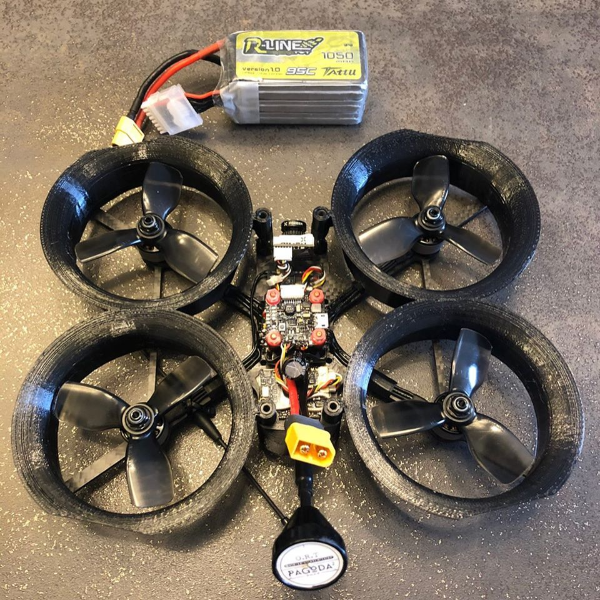
Conclusion
Selecting the right cinewhoop battery involves balancing factors like cell count, capacity, discharge rate, and weight. By considering these aspects, you can ensure your Cinewhoop performs optimally, delivering smooth and cinematic footage with each flight. As a global leading lipo battery manufacturer, Grepow offers professional customizable cinewhoop FPV battery solutions to meet the needs of all knids of cinewhoop drone applications. If you have any questions or needs, please feel free to contact us at info@grepow.com.
Related Articles
-
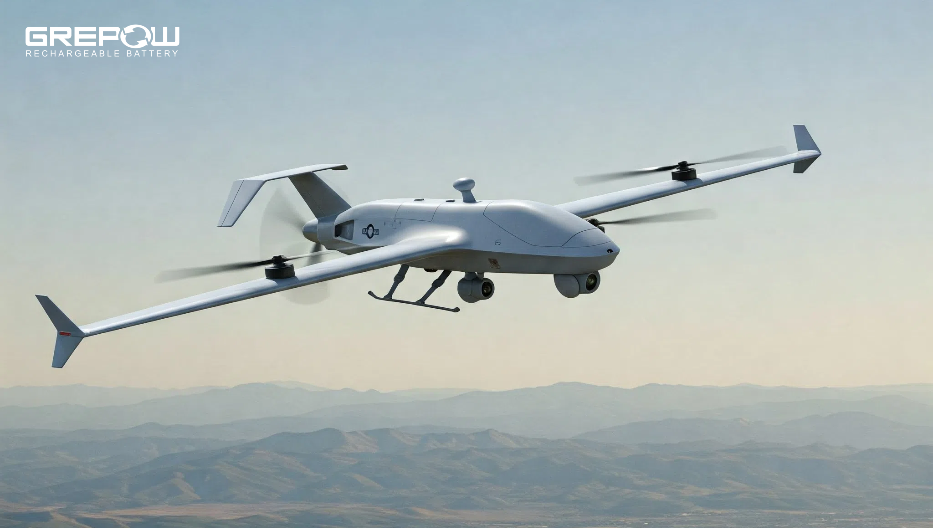
What Is a Long Endurance Drone?
2025-04-16 -
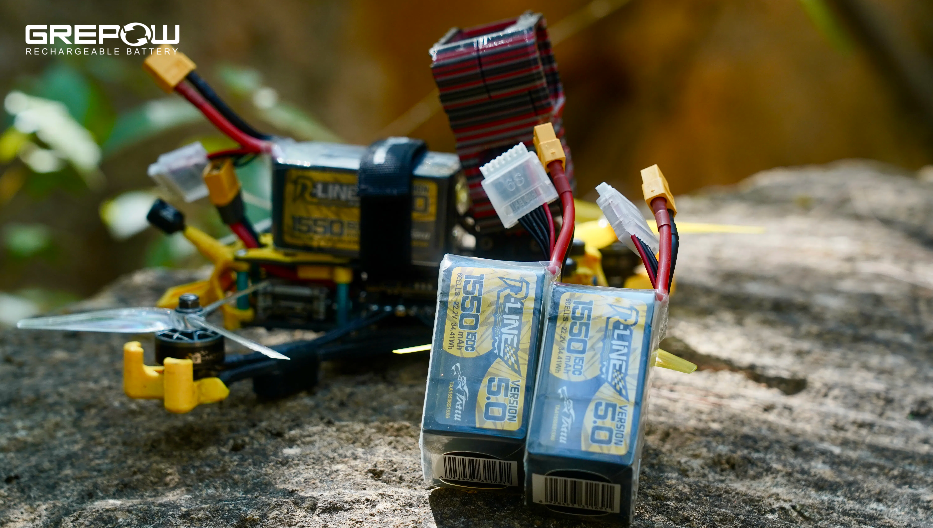
What Is a 7 Inch FPV Drone?
2025-04-15 -
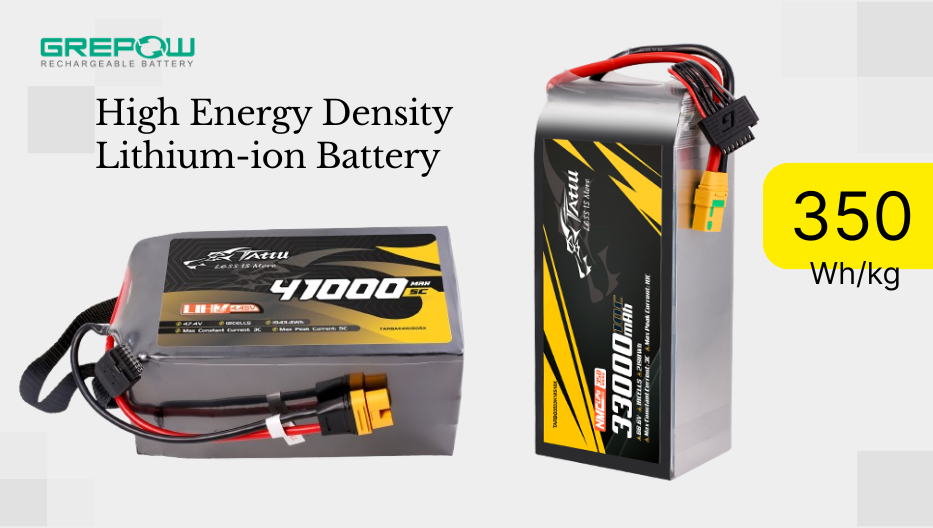
Four Specialized Lithium-Ion Battery Types Basis
2025-04-10















































